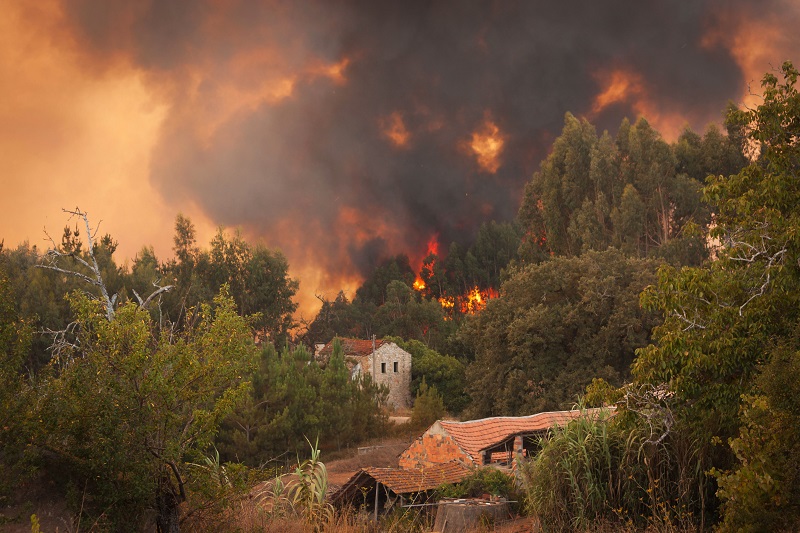
Science and common experience indicate that providing fuel breaks is a best practice for diminishing the risk of catastrophic fires. The report, Quantifying Insurance Benefits of a Nature-based Approach to Reducing Risk: Wildfire Risk Reduction Buffers, from The Nature Conservancy and Marsh McLennan, with input from Guy Carpenter experts, highlights many elements that help slow down the path of wildfires and mitigate their potential damage.
While not traditionally intended as fuel breaks, green land uses such as orchards, vineyards, greenways, parks—and even golf courses—can serve as de facto fuel breaks, or fire buffers. These designated areas could reduce the risk of ignition from incoming fires while simultaneously functioning as places of recreation for the community.
Creating structure-free buffer zones that are managed to be less flammable, for example, by irrigation, using plants that maintain higher moisture content and/or removing surface fuels, on the perimeter of a community can significantly reduce home ignition risks.
Guy Carpenter can help clients address these challenges by assessment of the effects of natural catastrophe losses, assessment of physical risks and climate-change impacts at specific locations, and quantification of wildfire risk. Guy Carpenter experts also can assist with development of innovating public-private partnerships and solutions to address evolving protection gaps, and analysis of alternative risk-transfer solutions.
Download the full report
Quantifying Insurance Benefits of a Nature-based Approach to Reducing Risk: Wildfire Risk Reduction Buffers